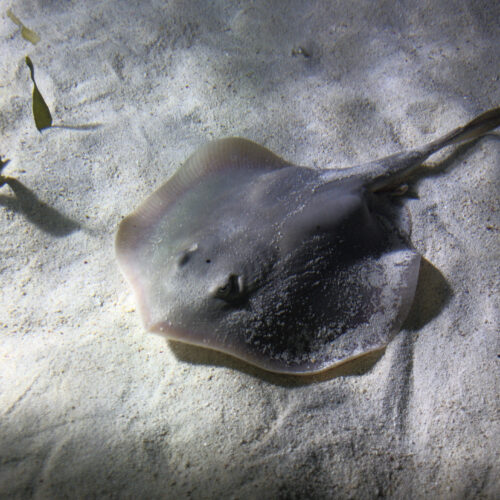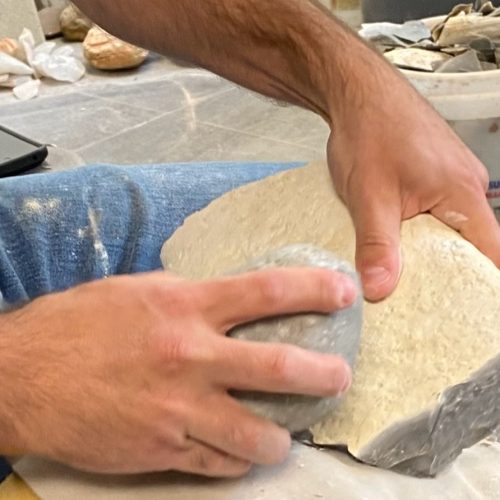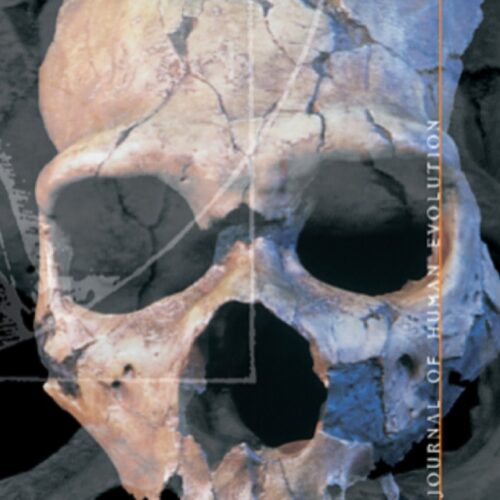Newly hatched hummingbird looks, acts like a toxic caterpillar
The white-necked jacobin (Florisuga mellivora) is a jewel-toned hummingbird found in the neotropical lowlands of South America and the Caribbean. It shimmers blue and green in the sunlight as it flits from flower to flower, a tiny spectacle of the rainforest.
Jay Falk, a National Science Foundation postdoctoral fellow at the University of Colorado, Boulder, and the Smithsonian Tropical Research Institute (STRI) in Panama, expected to find something like that when he sought this species out in Panama. What he didn’t expect was a caterpillar in the nest of one of these birds. At least it looked like a caterpillar—it was actually a hatchling with some highly unusual camouflage.
The chick was covered in long, fine feathers similar to the urticating hairs that some caterpillars are covered in. These often toxic barbed hairs deter predators, who can suffer anything from inflammation to nausea and even death if they attack. Falk realized he was witnessing mimicry only seen in one other bird species and never before in hummingbirds. It seemed that the nestlings of this species had evolved a defense: convincing predators they were poisonous.


© Jeff R Clow















